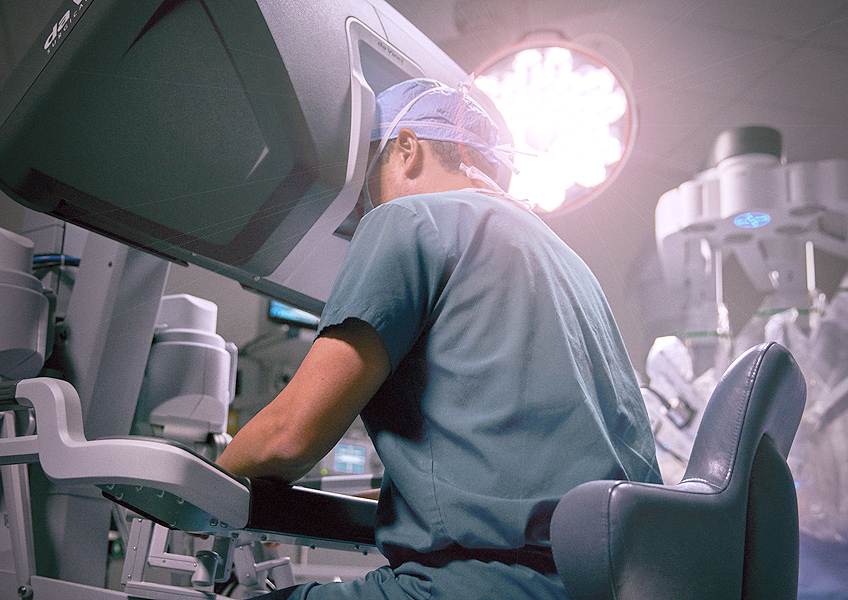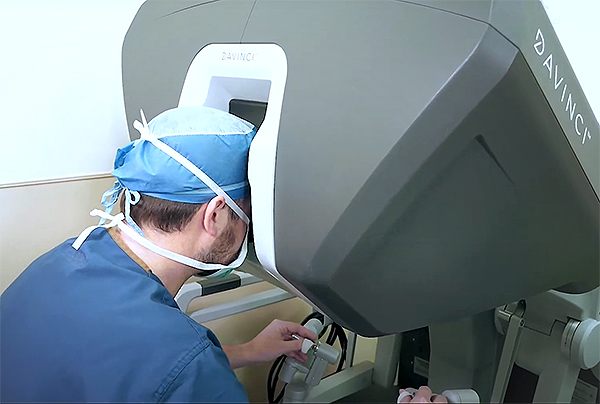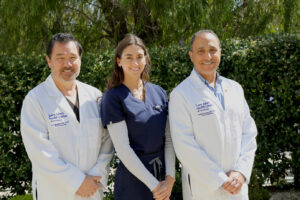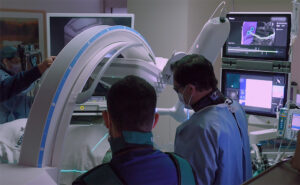If you have questions about minimally invasive treatments and robotics, please call today. Click here to request an appointment.
Minimally Invasive & Robotic Thoracic Surgery
Minimally Invasive & Robotic Thoracic Surgery
Schedule An Appointment
Saint John's: A Legacy of Care Excellence - 30 Major Healthcare Awards for 2023 and 2024 including COPD, Treatment of Pneumonia, Lung Cancer Surgery, and Pulmonology








